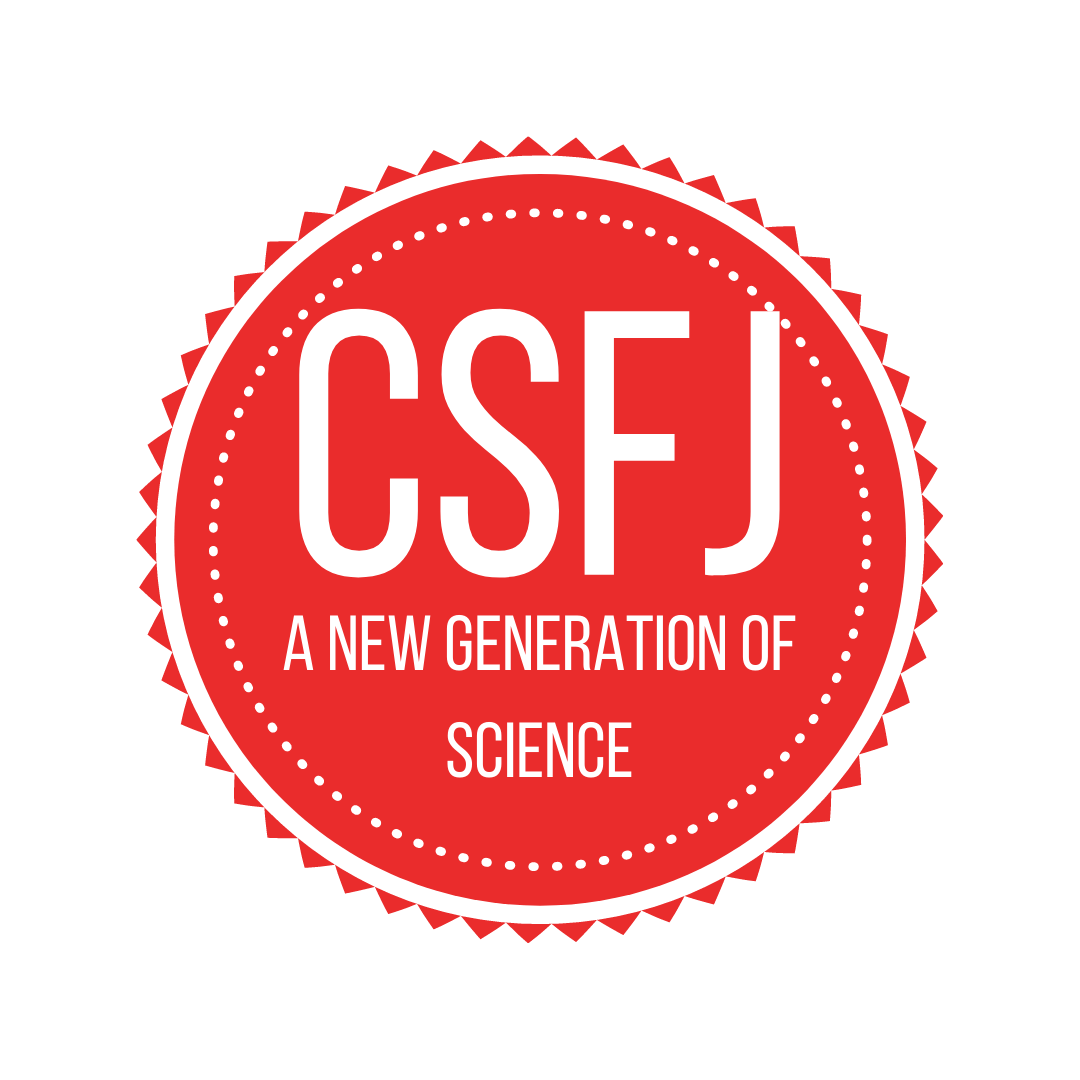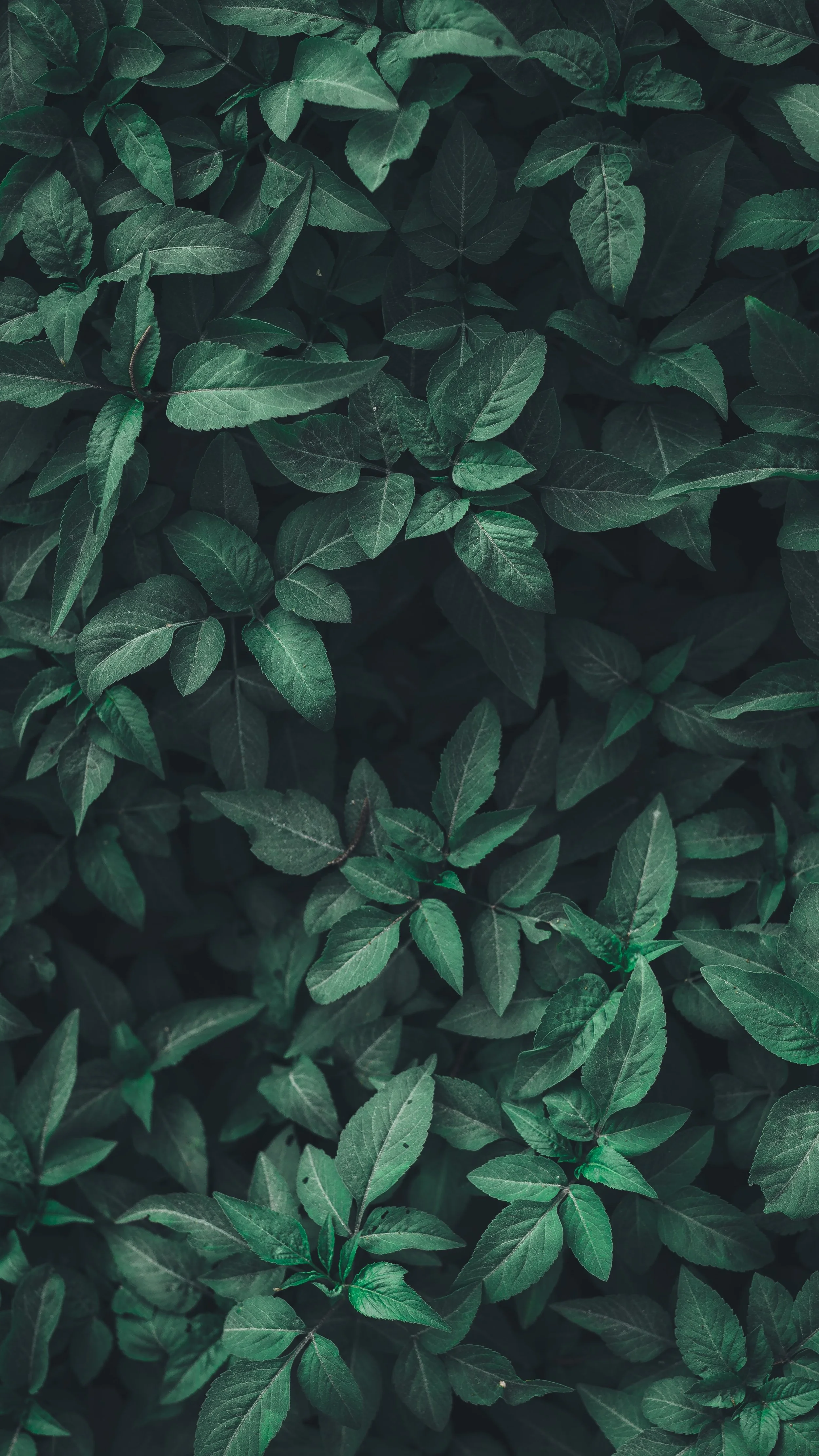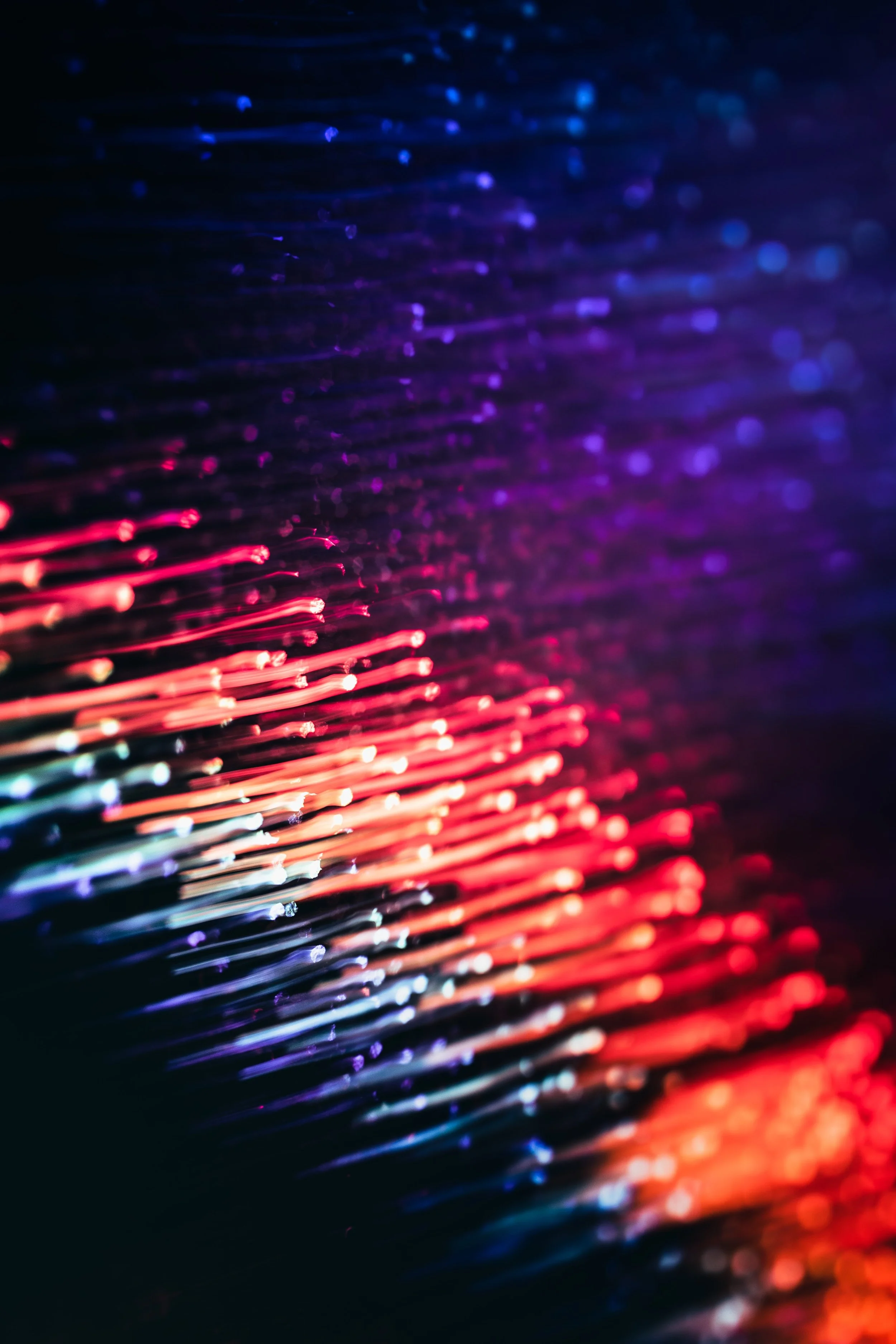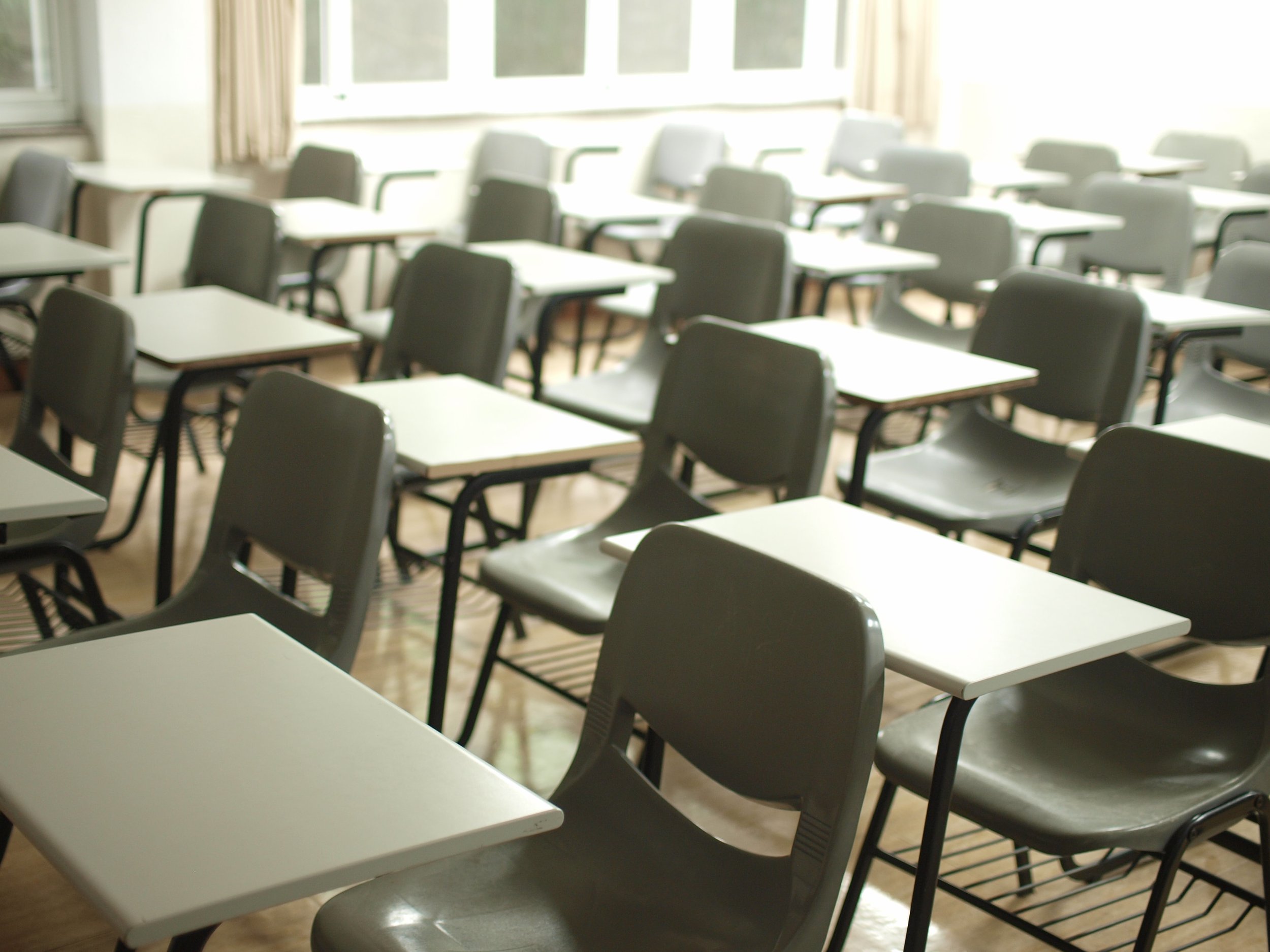November 2021
Volume 4, Issue 3
The young scientists featured in our last issue of 2021 are full of incredible ideas! They’ll teach you about groundbreaking surgical techniques, how we can make clean fuel more efficiently, how we can improve the quality of air filtration systems, and lots more.
Thank you to all our authors, team members, and especially our readers for helping us showcase the talent of young scientific minds for yet another year. From everyone at the CSFJ, have a happy and safe holiday season, and see you in 2022!
by Alexis Kuo
At the beginning of the pandemic, the effectiveness of non-medical cloth-based masks at filtering small particles was widely studied. The aim of this project is to enhance a mask’s filtration efficiency yet have it remain affordable, accessible, and sustainable by tackling the issue of the droplets themselves.
by Emily Robb
As Earth’s population continues to grow, greater demands to produce quantities of food have been placed on the agricultural sector. Creative and innovative ways of optimizing food production are at the forefront of research into the future of agriculture. This research, based on earlier findings indicating that arugula growth is maximized through multi-brand fertilizer combination usage, seeks to further explore methods of manipulating hydroponic nutrients to maximize statistical gains in arugula crops while remaining economical.
by Adam Patton
Hydrogen is a promising alternative fuel because it can be made using the world’s most common resource, water, through the process of electrolysis in the reaction 2 H2O → O2 + 2 H2; however, electrolysis is expensive. This project aimed to lower the cost of electrolysis by increasing the efficiencies of commonly used, readily available, and cost-effective alternative metals through manipulating the surfaces of electrodes. In doing so, hydrogen can be produced cleanly and efficiently to replace the fossil fuels used to power everyday lives.
by Tajriyan Rahman
The term extracellular vesicles (EVs) is generally used to describe a naturally secreted population of heterogeneous membrane-bound spherical shaped organelles found within all mammalian cells. These vesicles are composed of a variety of functional molecules suspended in its cytoplasm and lack a functional nucleus. These EVs are released by cells into the extracellular matrix (ECM) to a targeted location. A variety of nucleic acids (DNA, pDNA, mRNA, miRNA and other non-coding RNA), proteins (receptors and enzymes), lipids and many other molecules, which are regulated by its parental cell, are carried within the EV. Through this capacity, EVs serve as excellent transporters of biomolecules to nearby or distant cells within the ECM, creating an efficient method of intracellular communication.
by Maitri Shah, Richa Srivastava, and William Zhou
In the past decades, technological and living standards have risen across the world, amplified by increasingly educated workforces (Berger & Fisher, 2013). As the importance of education increases, it is vital that schools ensure a high standard of tutelage for all students. However, economic disparities across student populations are also increasing, especially in developing nations. Today, international equity metrics still show serious gaps between learners belonging to different ethnicities, genders, and wealth brackets. To combat this trend, this paper examines how different in-school factors impact equity. The results of this study are significant because the ability to promote student equity would be advantageous to the overall well-being of a population and decrease disparity between economic classes.
by Braxton Chan
To determine the viability of human fibrocartilage transplantation for Osteochondral defects (OCD), long-term evidence is needed to confirm transplant tissue viability, functional capacity and tissue integration. In this present study, histological and biomechanical studies were undertaken after one year following the transplantation procedure to determine the long-term outcome of this treatment.
by Erica Masse
Our oceans are littered with trash and waste that are harming our planet. The Plastic Masterpiece Maker is a machine that turns plastic waste into beautiful works of art! Erica explains what it does, how it works, and why this issue matters.
In collaboration with Little Inventors








